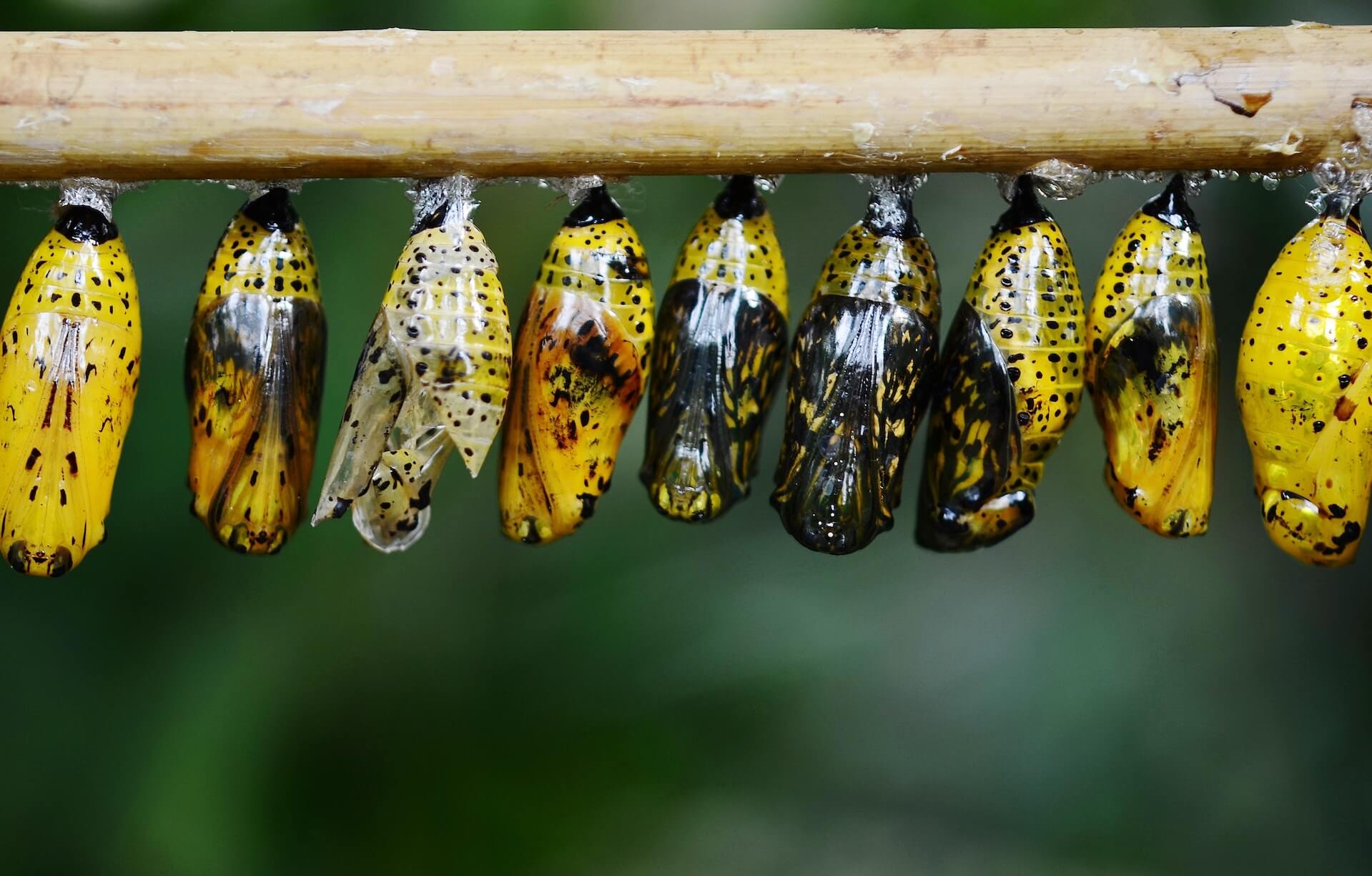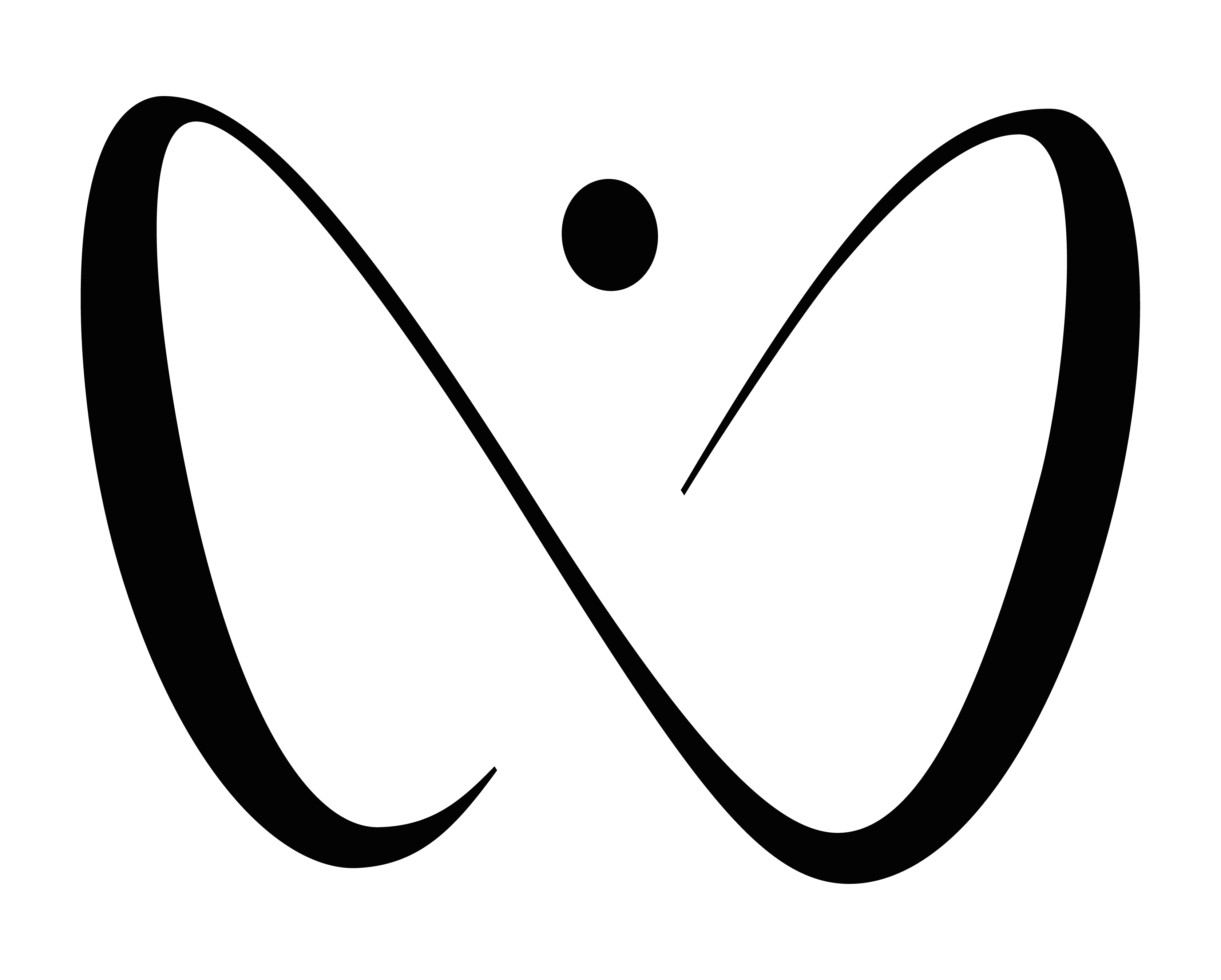
The metamorphosis of humans
And Tips for Personal Development
From caterpillar to butterfly. This is one of the most well-known and fascinating transformations in nature. Such a transformation or change in form is also called metamorphosis. The word comes from the Greek prefix "metá," which can mean "by," "around," "with," or "change," and the word "morphḗ" for "shape."
It is about the transformation of something existing into something new. But not only animals can change; humans can too—not in terms of their physical form, but in a mental and intellectual sense. For humans, the term metamorphosis is closely linked to the concept of self-realization. We dedicate a blog post to this interesting topic, offering tips for personal development using the example of the butterfly and explaining why this theme is also central to Mevisto.
Transformation Through One's Own Strength
When a caterpillar pupates, it first sheds its skin and then almost completely dissolves. What remains is a translucent, sticky mass that already contains the essence of the future butterfly: the so-called imago cells. These cells serve as the blueprint, so to speak, for the body and wings to form later. For these insects, this transformation is essential and vital.
Humans, on the other hand, are not forced into metamorphosis but rather strive for it themselves: we want to unfold and become a butterfly through our own efforts. This desire for transformation usually arises when our other needs have already been met. According to Maslow's hierarchy of needs, we first take care of our basic needs, as well as those for safety, social recognition, and relationships, and only then begin our journey toward self-actualization.

Just like the caterpillar, so is the human.
Although humans are unique in the animal kingdom, we can learn a lot from nature—and thus from the typical transformation cycle of a caterpillar. Whether we want to change from being unfit to fit, from a lackluster to a motivated employee, or from a chaotic to an organized individual, the metamorphosis of a caterpillar offers valuable insights.
Let's take a closer look at the individual phases and provide tips for the associated personal development:

Phase 1 – Farewell & Dissolution: Every change begins with a significant event. Either we are forced by an external influence to step out of our comfort zone and change, or we want to change ourselves because we are dissatisfied with the current situation. Whatever the reason, we must first say goodbye to our old life—and this can often be painful. So painful, in fact, that we may feel lost, as if we are dissolving.
We should not be afraid of these feelings—instead, we need this cut. Without it, we may remain in a victim role like many people, constantly complaining instead of taking responsibility for our own lives. Metaphorically speaking, we would remain a caterpillar our whole lives—and that is not conducive to personal development.
Phase 2 – Retreat & Imagination: Once we have overcome the pain of transitioning from our old self to our new self, there is room for profound reflection. In this phase, we should pause, take time to recognize old wounds or negative behavior patterns, and simultaneously focus on our strengths, potential, and talents.
This is essentially a self-assessment. This stage is crucial because only those who have the courage to look deeply and honestly will later be able to spread their wings and reach new heights. This phase also offers the opportunity to manifest dreams and make plans.
Phase 3 – Emergence & Transformation: Once you feel the urge to get moving, you have reached phase three. This phase is usually accompanied by a lot of motivation and the magic of new beginnings. As Hermann Hesse once said: "There is magic in every beginning, which protects us and helps us live."
You gently emerge from your cocoon, let your crumpled wings dry in the sun, and take your first flight attempt. Be prepared, however, that flying must also be learned. Setbacks are inevitable. It is important to persevere and give yourself enough time for this transformation.

Metamorphosis as a Central Theme at Mevisto
The theme of "metamorphosis" also plays a central role at Mevisto. We create gemstones from ashes or hair.
In other words, from the essence of the respective person or animal, we create a lasting memory. This theme of transformation is also reflected in our logo, which incorporates both the infinity symbol and the butterfly.

